Description
In the high-stakes domain of industrial automation, where CompactPCI systems must deliver uninterrupted, redundant power to sustain real-time control and data processing amid harsh electrical loads and environmental stresses, the primary challenge frequently centers on power modules that falter under hot-swap demands, leading to voltage transients, single-point failures, or cascading outages in process control architectures. Envision a rugged embedded controller in a military radar array or a telecom switching rack in a data center: multiple slots draw 250 W across +3.3 V, +5 V, and +12 V rails for CPUs and I/O cards, but conventional PSUs succumb to inrush currents during live insertions, thermal overloads from fan failures, or AC fluctuations that corrupt I/O signals, precipitating spurious resets, data loss, or breaches of PICMG 2.11 standards for high-reliability environments where modular redundancy is non-negotiable to protect mission-critical operations from the volatility of grid dips or equipment swaps. Legacy non-redundant supplies might handle steady states, but they lack the hot-swap circuitry, fault isolation, and diagnostic telemetry needed for scalable cPCI chassis, where power stability directly fortifies against the unseen rigors of continuous duty in vibration-prone or dusty zones.
- CPS-H32524
- CPS-H32524
The ADLink cPS-H325/24 emerges as a robust 3U CompactPCI power module tailored for these exact resilient power requirements in embedded systems. This unit tackles the essence of system stability by converting 3x 24 VDC inputs into redundant outputs up to 250 W (3.3 V@30 A / 5 V@20 A / 12 V@16 A), incorporating hot-swap support with inrush limiting and N+1 redundancy for seamless failover under 10 ms. In typical industrial automation contexts—such as redundant I/O processing in SCADA nodes or backplane powering for PLC expansions—the ADLink cPS-H325/24 proves indispensable, enabling 47-pin PICMG 2.11-compliant integration that slots into 3U chassis without external controllers, ensuring power rails remain steady amid 10 g shocks or 70 °C ambients. Its active load-sharing balances currents across up to 4 modules, while built-in diagnostics preempt overvoltages, making it a go-to for upgrades from non-redundant cPCI PSUs where downtime equates to revenue erosion.
Engineers specifying the ADLink cPS-H325/24 appreciate its plug-and-play ethos for migrations from legacy cPS-H325/AC models, offering identical footprints with enhanced DC input for telecom-grade 18-36 VDC tolerance that simplifies DC-powered enclosures. For high-reliability process control, it counters the erosive effects of field exposures—like dust buildup or transient spikes—by embedding thermal sensors and fault relays, delivering the unyielding rails that empower backplane ecosystems to persist, transforming potential power pitfalls into a bedrock of buffered assurance where every ampere allocated safeguards seamless operations in the unyielding cadence of automated embedded computing.
The ADLink cPS-H325/24 integrates as the vital energizer in the CompactPCI chassis power distribution layer, plugging into a standard 8HP slot with 47-pin connectors to feed redundant configurations of cPCI boards like SBCs or I/O adapters without cross-talk or droop. It rectifies 3x 24 VDC inputs (18-36 VDC range) through isolated DC/DC converters, outputting triple rails with ±1% regulation: +3.3 V for logic at 30 A, +5 V for peripherals at 20 A, and +12 V for drives at 16 A, all with ripple below 50 mV for noise-free I/O signaling. This topology inherently suppresses transients with 100 V/ms slew rates, while thermal management via variable-speed fans maintains <50 °C rise, logging faults via optional I2C for remote monitoring.
In the broader embedded stack, the ADLink cPS-H325/24 positions upstream of the system controller, often paralleled in N+1 setups where a secondary module auto-engages on primary dropout within 10 ms, upholding PICMG fault tolerance without single-point vulnerabilities. It supports diagnostics through status pins that mirror to chassis managers, flagging undervoltage or fan stalls, and pairs seamlessly with ADLink’s cPCI chassis for synchronized power-on sequencing that prevents latch-ups in downstream FPGAs. No external filtering required; its input fuses handle inrush up to 200% nominal, and efficiency above 85% minimizes heat in enclosed panels, easing thermal modeling during design.
This plug-centric design streamlines scalability—stack multiples for 1 kW+ systems handling 20+ slots—while its 3U height aligns with Eurocard standards. For the engineer eyeing deployment, the ADLink cPS-H325/24 is the understated enabler that lets focus shift from power gremlins to application tuning, ensuring your cPCI ecosystem hums with the reliability that embedded automation demands, not just tolerates.
| Specification | Details |
|---|---|
| Model Number | cPS-H325/24 |
| Brand | ADLink |
| Type | 3U CompactPCI Redundant Power Module |
| Input Voltage | 3x 24 VDC (18-36 V) |
| Operating Temp Range | 0 °C to +70 °C |
| Mounting Style | 3U cPCI Chassis (8HP Slot) |
| Dimensions | 160 x 40 x 200 mm (H x W x D) |
| Weight | 1.5 kg |
| Interface/Bus | 47-Pin PICMG 2.11, I2C Optional |
| Compliance | PICMG 2.11, CE, UL 60950 |
| Supported Protocols | I2C for Diagnostics |
| Typical Power Draw | 250 W (output) |
Opting for the ADLink cPS-H325/24 instills a power poise into your CompactPCI setups, where its hot-swap inrush limiting quells startup surges that destabilize lesser modules, preserving long-term performance through load-sharing that balances ±5% across peers, sparing you the ripple of uneven draws in multi-slot chassis and clocking MTBF north of 200,000 hours for leaner redundancy planning. In practice, this means fewer spurious reboots during field swaps, with thermal telemetry that preempts fan stalls via I2C alerts, trimming engineering overhead from hours of manual probing to quick chassis-log reviews.
Performance consistency shines in variable loads—whether steady 150 W draws in SCADA nodes or pulsed 250 W peaks from DSP cards—the ADLink cPS-H325/24 holds rails within 1% during 50% steps, so your I/O and logic execute without jitter that could skew timing in real-time kernels, minimizing wear on downstream regulators. Integration ease is another understated win; its 47-pin footprint meshes with existing cPCI backplanes sans adapters, cutting commissioning time and letting teams redeploy expertise to firmware flashes over fuse fiddles. Over the module’s lifecycle, this compounds into tangible efficiencies: lower heat dissipation eases cabinet cooling budgets, and redundant designs extend mean time to repair beyond 10 years, freeing capital for core innovations rather than contingency stockpiles. Engineered for the embedder’s edge, it anticipates evolutions like 48 VDC telecom inputs, delivering a PSU that doesn’t just supply; it sustains, turning power as a potential vulnerability into a versatile virtue in the pulse of automated embedded realms.
In telecom base stations, the ADLink cPS-H325/24 fuels redundant SBCs and I/O cards, drawing 24 VDC amid RF noise in process control enclosures, where its isolation upholds critical system uptime against lightning transients, ensuring nonstop signaling in high-reliability networks that sync with baseband processors for seamless handovers without grid glitches.
Aerospace data acquisition units deploy the ADLink cPS-H325/24 for cPCI racks, powering FPGAs and sensors under 10 g vibes and -10 to 70 °C swings, supporting fast data cycles in avionics environments that demand PICMG precision to maintain flight telemetry without power-induced dropouts.
Industrial vision systems leverage it for embedded controllers in factory automation, conditioning 3.3 V rails for cameras and PLC ties in dusty, 60 °C cabinets, with the ADLink cPS-H325/24‘s redundancy ensuring continuous uptime by muting faults in high-speed inspection loops that align with conveyor rhythms for defect-free throughput.
cPS-H325/AC – AC-input variant (100-240 VAC) for mixed-power cPCI chassis in lab or office upgrades.
cPS-H325/48 – 48 VDC sibling for telecom-grade redundancy in higher-voltage telecom racks.
cPS-H335/24 – Higher-capacity 350 W model for dense 6U cPCI systems with extra +24 V rail.
cPCI-3U Chassis – Complementary enclosure for hot-swap cPS-H325/24 in embedded test beds.
cPS-H325/12 – Low-voltage 12 VDC edition for battery-backed portable data loggers.
PICMG 2.11 Controller – Add-on shelf manager for I2C diagnostics on cPS-H325/24 faults.
cPS-H325/24-R – Rackmount redundant pair for N+1 setups in server-like cPCI clusters.
ADLink SBC-3U – Paired single-board computer drawing cPS-H325/24 rails for core processing.
Before slotting the ADLink cPS-H325/24 into your cPCI chassis, audit the backplane’s pin assignments—confirm 47-pin PICMG 2.11 compliance to avoid hot-swap glitches—and cross-check input fuses (5 A per rail) against your 24 VDC source for <5% ripple under full load. Probe for 100 Ω load-sharing balance across peers with a current clamp, as imbalances spike heatsinks, and verify 3x input polarity to sidestep reverse-diode pops. Allocate 50 mm airflow above/below in enclosed chassis pushing 70 °C, and bond the frame to chassis ground per IEC 60950 to null EMI coupling—always test inrush with a scope (<10 A peak) post-install to affirm soft-start.
Once operational, maintenance revolves around pragmatic, metric-driven habits that preserve peak efficiency without overreach. Monthly, monitor front LEDs—green for all rails nominal, amber for imbalance—and pull I2C logs via shelf manager for temp rises over 40 °C, tweaking fan curves if drifts exceed 5%. Quarterly, cycle a hot-swap test: remove/reinsert under 200 W load, timing failover <10 ms and archiving waveforms for PICMG audits. In dusty or humid sites, inspect fan intakes semiannually for buildup—vacuum gently, depowered—and confirm isolation with a 500 V megger holding 10 MΩ, halting at thresholds. Firmware isn’t core here, but pair with chassis telemetry for holistic power-event correlation. This lean regimen, grounded in loads over lore, sustains the ADLink cPS-H325/24‘s surge, heading off hotspots before they halt your horizons.

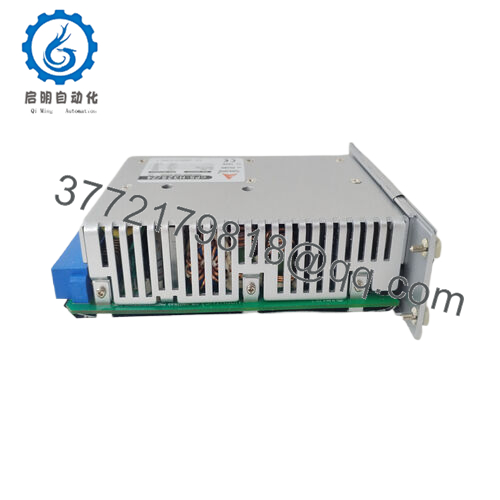
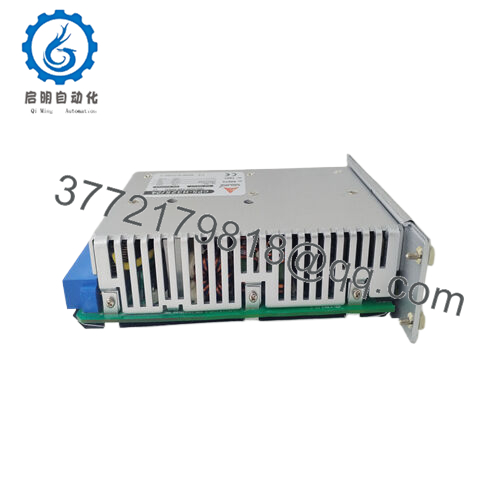
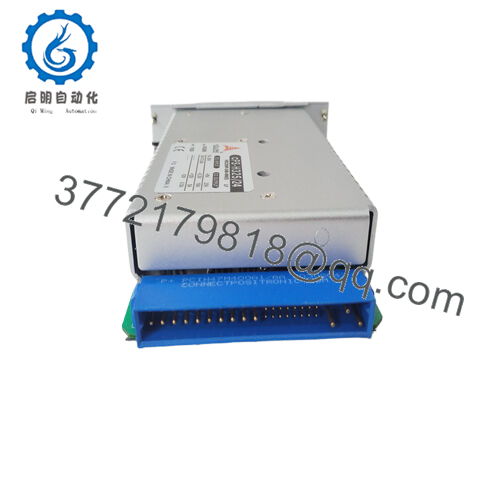
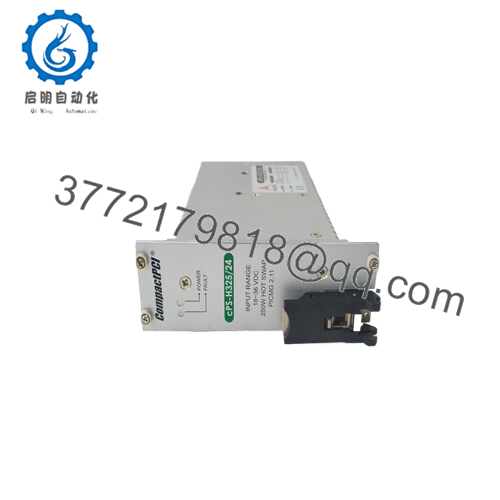
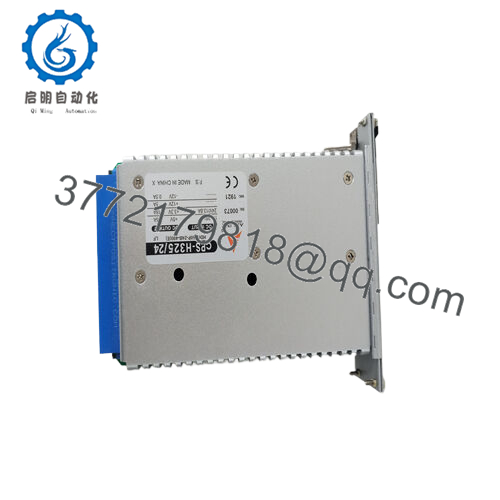
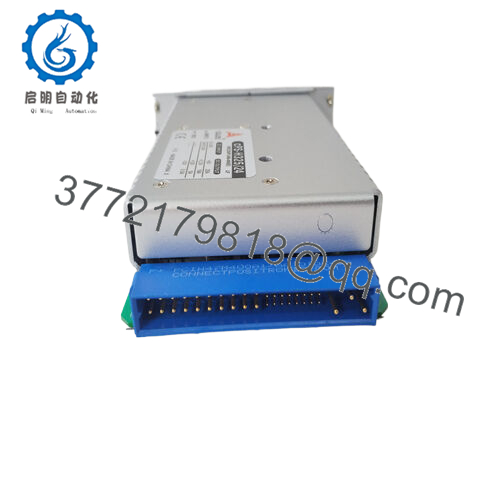
 WhatsApp: +86 16626708626
WhatsApp: +86 16626708626 Email:
Email:  Phone: +86 16626708626
Phone: +86 16626708626


